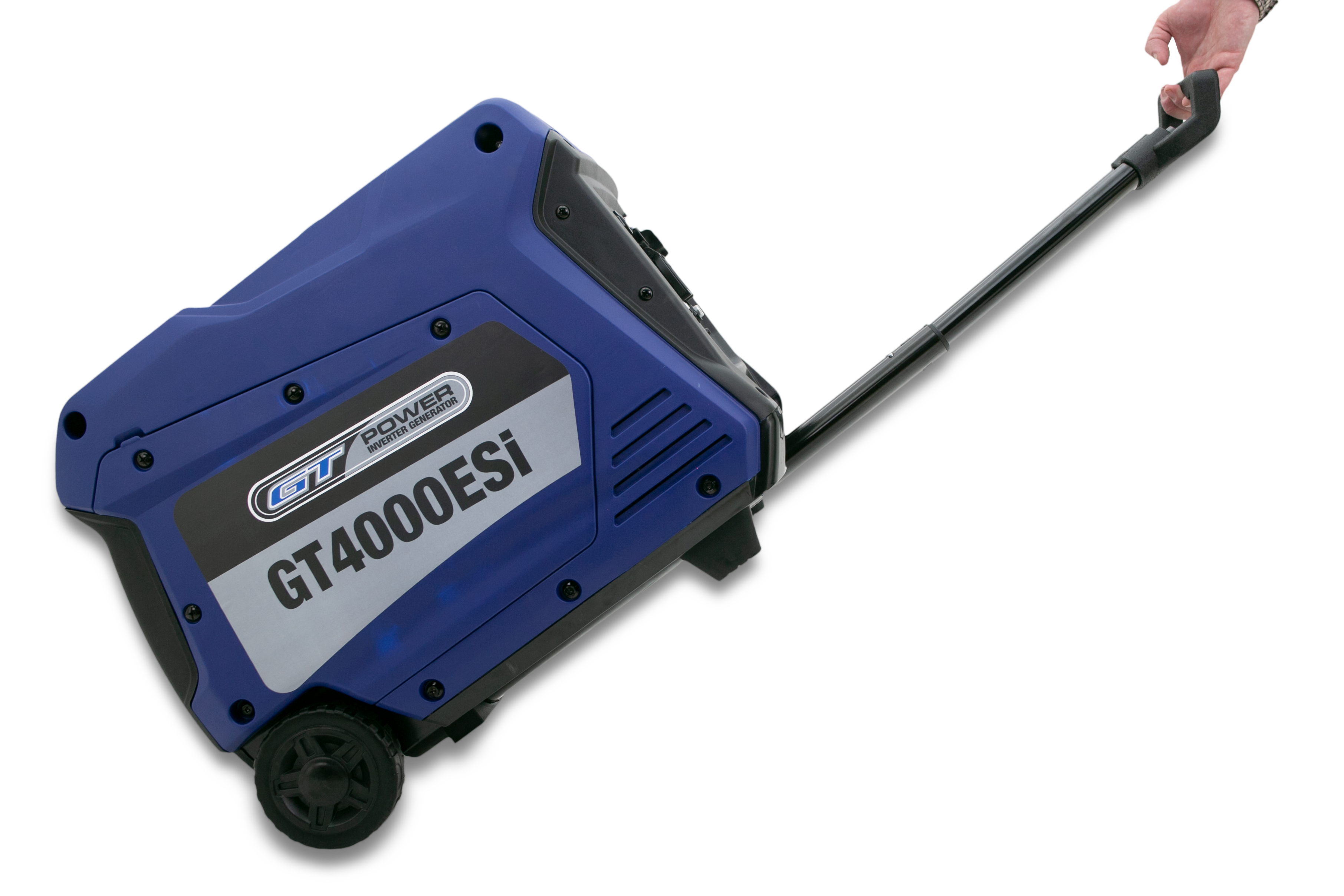A generator is a key part of any off grid setup. If you run into a set of rainy days with no solar generation or you just use too much power, you'll need something to use as a backup.
A Growatt hybrid inverter allows you to continue powering your home while also charging your batteries. There are several main configurations for different ideal use cases. So today we're going to take a look at these and make sure you know how to set up your kit for each of them.
Before you set up your generator, you need to make sure that it is compatible and adequately sized. For all our kits, we recommend using an inverter generator with a clean sine wave output.

This is opposed to a conventional generator. Conventional generators do work sometimes, but in most cases, the Hybrid Inverter will reject their input due to the quality of the voltage. Additionally, when the inverter is running in bypass mode the generator is directly powering your appliances. If you have any sensitive electronics, a conventional generator is potentially harmful to these. So we recommend against using a conventional generator.
Next, you'll need to consider the size of your generator as this will affect the settings you require. If you want to charge your batteries and power your appliances at the same time, you'll need to make sure you have a generator large enough to do so. If you try to draw more power than the generator is capable of outputting, it may shut down to protect itself, and you run the risk of damaging it.
So how big does your generator need to be?
For battery charging, you should allow around 1500W for the 2000TL, which you'll find in our Weekend Warrior and Tiny House kits. 3000W for the 5000TL which you'll find in The Bach Kit, and 4000W for the 5000ES which you'll find in The Freedom and Lifestyle kits.

These wattage numbers are the minimum size that we would recommend if you're going out to buy a brand new generator for battery charging only. However, if you plan to run any other appliances while you're charging your batteries, you'll need to have a larger unit to compensate. This could include anything from a fridge and lights to a pump.
To help you work out how much larger your generator needs to be, you can add up all of the power ratings of the appliances that you plan to run during this time,
then add a bit more for safety. If you don't want to worry about calculating it.
You can also just use the continuous output rating of your inverter. So, for example, I have a Lifestyle Kit which comes with a 5000ES hybrid inverter unit. This unit has a continuous output rating of 5000W. For battery charging only, we recommend a minimum generator size of about 4000W. Adding these together then gives us a recommended generator size of 9000W.

In most cases this is overkill and you can size your generator for less power usage. If you're unsure, we're happy to help you work it out.
If you do want to size for less than our recommendations or you already have a small generator, there are a couple of things to watch out for. If your generator is smaller than the recommended battery charging size for your inverter, you'll need to change the setting for the maximum utility charge current on your inverter. Billy will show you how to do this in a separate settings video.
Now that you have picked a generator and made sure it will work with your inverter, you need to establish how it will be configured. There are two main configurations: manual start and auto start.
Manual Start is perhaps the most common set up. This is simply where you go out
and turn on the generator manually when you need it. This could be when you see that the batteries are low, to top up the batteries before the evening, or even to supplement your power when using a high draw appliance like a power tool.
Auto Start is where the generator turns on automatically when the inverter tells it to. This is often used as a failsafe to stop your batteries from ever getting too low,
or it is used for convenience. For this setup you will require an electric start generator with two wire Auto Start compatibility.
Do keep in mind there are some pitfalls with an auto start setup:
You cannot do both. A generator set up to Auto Start cannot be turned on manually.
The batteries in the generator may drain over time if it's left on and ready to start.
If you have older batteries that are showing significant wear they may drain very quickly, this can cause the inverter to shut off too quickly when a high load is applied, meaning the generator never gets the "turn on" signal and you lose power. If this is happening to you, then it is time to get new batteries.

The next step is inputting all of those settings into your inverter. Now that I've run you through what generator you want and what configuration is best for you, I'll hand it over to our solar expert, Billy, to run you through all the settings.
If you need any help picking a generator, or you just want a second opinion, please get in touch. We're happy to help!


